|
Jan
25
2021
|
|
Posted 4 years 340 days ago ago by Admin
|
|
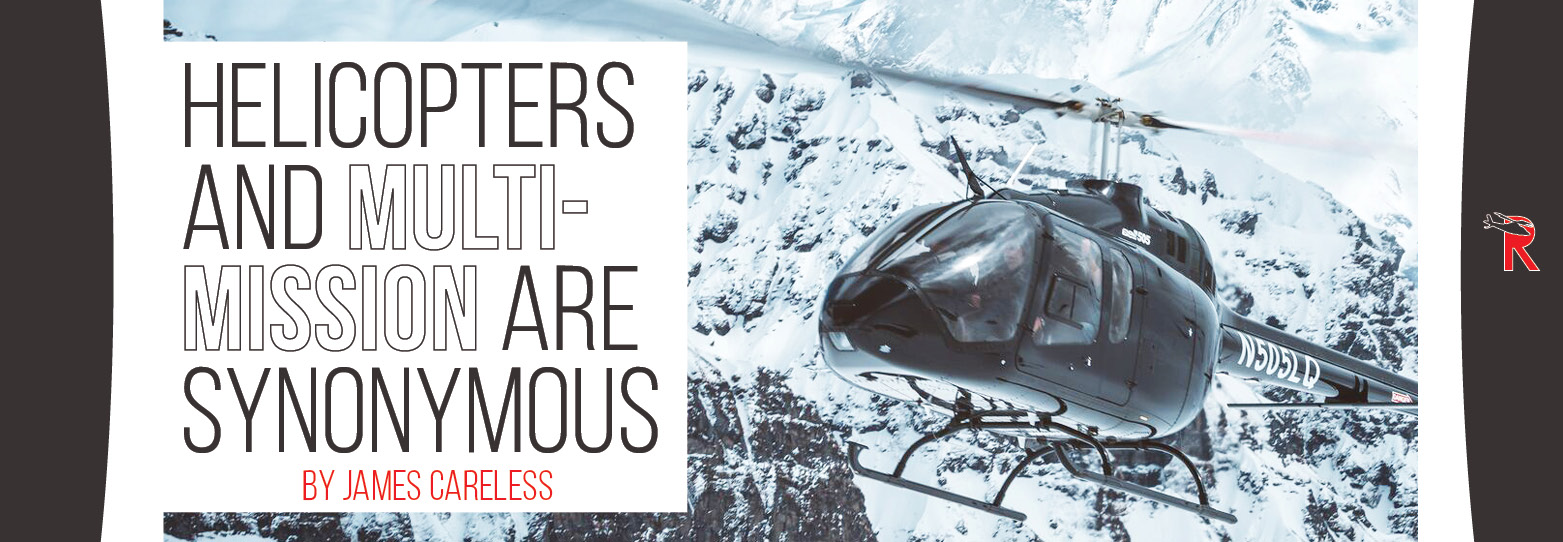
If you look up the word ‘multi-mission’ in the dictionary, chances are that you won’t see a helicopter alongside it. But you should, because there are few transportation platforms as multi-mission capable. In the real world, the words ‘helicopter’ and ‘multi-mission’ are synonymous.
“I’ve heard people describe helicopters as ‘the SUVs of the air’,” said James Viola, president/CEO of Helicopter Association International (HAI). “The industry’s constant drive to create platforms that are as light as possible while using the most powerful engines available has resulted in highly flexible aircraft that can be adapted to multiple tasks and carry all kinds of loads internally and externally, and perform so many functions so well.”
Multi-Mission Capable From The Start
Igor Sikorsky is acknowledged as the father of the modern helicopter, thanks to his Vought-Sikorsky VS-300 rotorcraft that first flew in 1939. In creating the VS-300 and its many successors, Sikorsky explicitly focussed on fulfilling multiple missions.“The helicopter is probably the most versatile instrument ever invented by man,” he declared.
During World War II, Sikorsky’s multi-mission vision was turned into reality by the U.S. Army- Air Force. They used Sikorsky YR-4B helicopters for search and rescue, medevac, and cargo missions; among others. This multi-mission legacy has guided the usage of succeeding generations of rotorcraft in the military and civilian sectors.
“Since its inception in the U.S. military, the helicopter has conducted the missions (already noted) plus reconnaissance, infiltration, and other kinds of operations that you just could not do with any other kind of platform, be it aerial or ground-based,” says Marc Brodeur, MD Helicopters Inc. vice president of Sales and Marketing. “The helicopter’s outstanding multi-mission performance in Vietnam and the integration of its military pilots into civilian life helped carry this approach into commercial aviation.”
Money Drives Multi-Mission Capability
Money is the reason that helicopters are intrinsically multi-mission platforms. When a company pays a lot for an expensive flying machine, they want to get their money’s worth.
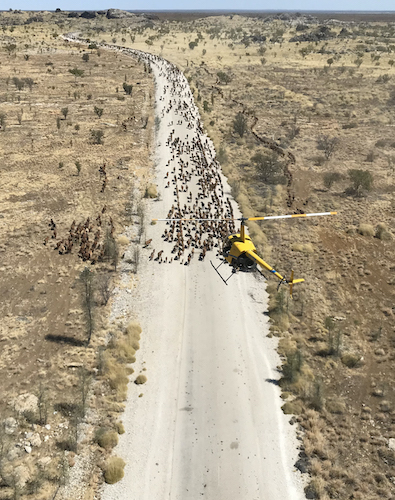
“The helicopter is too valuable an asset to be restricted to a single role,” said Kurt Robinson, president of Robinson Helicopter Company. “Missions are bundled together to get maximum use from a single machine at a single base,” he said. “A fixed base operator offering a mixture of training, scenic flights, aerial photography, Part 135 air-taxi, and aircraft rental services is not uncommon.”
As pioneering users of helicopters, the military were the first to realize the importance of getting the most for their money. “Once you have this expensive and highly technical capability in place for something like search and rescue, it's only natural to maximize its usefulness by conducting other missions,” said Scott Craig, aviation R&D program manager, with the U.S. Coast Guard. “Transportation of people and equipment to remote locations is an obvious example, or using helicopters to conduct law enforcement patrols.”
“The missions that work well on a common platform need to use portable or possibly palletized cargo and equipment, which are relatively easy to swap-out on an as needed basis,” he added. “For instance, installing an airborne use of force package into Coast Guard helicopters is now common practice when and where needed.”
The expense of acquiring and maintaining a public safety helicopter often compels government owners to share this cost among multiple departments such as EMS, fire, police, and public utilities; each of whom are rewarded by flying missions tailored to their specific needs. Dan Schwarzbach, executive director/CEO of the Airborne Public Safety Association (APSA), says the resulting requirement for multi-mission helicopters –as driven by this sharing – is actually good for everyone involved.
“There's no reason not to share the asset and to use a helicopter to its full capability,” says Schwarzbach. “Doing so adds value to the aviation unit and makes sense financially to the taxpayers and the bean counters.”
“Typically public service missions go well together where operators provide EMS, law enforcement, and SAR missions for their citizens,” added Mike Bucari, Leonardo’s head of Marketing - Americas. “The reason is because these missions have one common goal: Serving the population of the municipality, county, state, or country. If you have an aircraft that can accomplish all three missions, the value that helicopter brings to its citizens is vast.” (Bucari knows what he is talking about. During his career, Bucari worked on platforms/configurations for Maryland State Police and Miami-Dade Fire Rescue with the AW139, for Travis County, Texas, with the AW169, and for the New York City Department of Environmental Protection with the AW119Kx.)
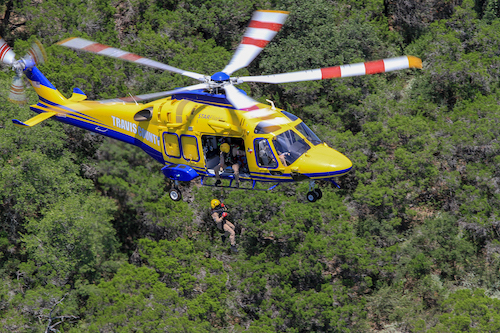
In the private sector, Columbia Helicopters has shown how creative thinking can expand a helicopter’s multi-mission possibilities. In this instance, this company is the sole civilian operator of the military Chinook tandem rotor family of helicopters, plus the Boeing Vertol 107 (the Chinook’s predecessor).
Today, Columbia Helicopters supports a wide range of heavy lift missions. They cover aerial firefighting, forestry and stream restoration, infrastructure construction in remote areas, oil and gas industry support, and transportation; including ferrying U.S. troops in Afghanistan to bypass road-based IEDs (improvised explosive devices).
The key to doing all of these missions successfully is the aerial platform. “The Chinooks are highly configurable aircraft,” says Keith Saylor, Columbia Helicopters Inc. director of commercial operations. “It takes very little time to reconfigure their large interior space from one type of mission to another. Meanwhile, flying some of the most powerful heavy lifters in the industry allows Columbia to solve all kinds of problems for our clients, anytime and anywhere in the world.”
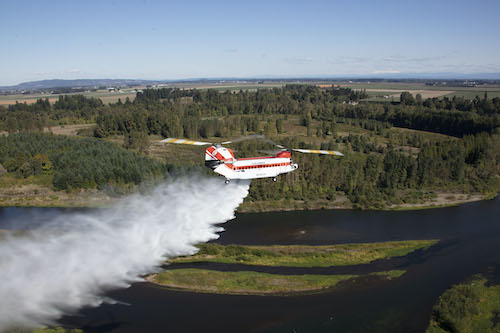
Manufacturers Respond to Demand
Helicopter makers are in business to sell rotorcraft. So if their customers want multi-mission helicopters, original equipment manufacturers (OEMs) are more than happy to oblige.
“There’s a conscious design effort that goes into these helicopters in order to build them with that multi-mission capability in mind, including various cabin configuration layouts, flat unobstructed flooring with tracking to easily reconfigure the interior, plus an array of optional equipment such as hoists, water-dropping buckets, searchlights, and so on,” said Will Fulton, head of marketing for Airbus Helicopters North. “For example, it’s not uncommon for a law enforcement agency to use the Airbus H125 not only for traditional aerial police missions, but also for search and rescue, helicopter emergency medical services (HEMS), aerial security for events like the Super Bowl, and disaster relief.” This same helicopter can also serve as a VIP/passenger charter aircraft, aerial camera platform, firefighting/rescue vehicle, and long-line transport.
The ability to do so many things well translates down to the smallest helicopter platforms. For example, the Robinson family of helicopters are doing all kinds of jobs these days. The compact R22 is being used to muster cattle in Australia, and to hunt big game in South Africa. The larger R44 and R66 are being used as agricultural aerial sprayers, with the R66 also being configured for newsgathering and police work.
“Some missions do pair nicely just based on operating profile,” says Kurt Robinson. “For example, many tour operators obtain a Part 135 certificate allowing them to land and pick-up in multiple locations and perform other commercial operations.”
Multi-mission capability is at the heart of the MD Helicopters MD969 Twin Attack helicopter. Beyond its namesake function, “the MD969 can be configured for medevac, VIP transportation, utility, transport, and anything else the client might need,” says Brodeur.
One of the most striking examples of an OEM responding to the multi-mission trend is Lockheed Martin’s Sikorsky division. It recently achieved FAA civilian certification for a new production Black Hawk helicopter under the S-70M designation.
Like the Bell UH-1 ‘Huey,’ the Black Hawk’s renowned military flexibility has long been attractive to civil operators. But until now these users have had to be satisfied with refurbished first generation UH-60s retired from the U.S. military for firefighting missions.
“We see a global market for third generation Black Hawk helicopters in the non-military sector, specifically with local government agencies and private or public companies who want the reliability and ultra-high performance that only a military design can bring,” says Joe Palumbo, program director for Sikorsky’s Global Military Systems & Services division. “Only now can operators buy a new ‘M’ series model direct from the OEM with an airworthiness certification from a leading civil aviation authority.” The first of these is planned to be configured as an S-70M Firehawk for a U.S. public company.
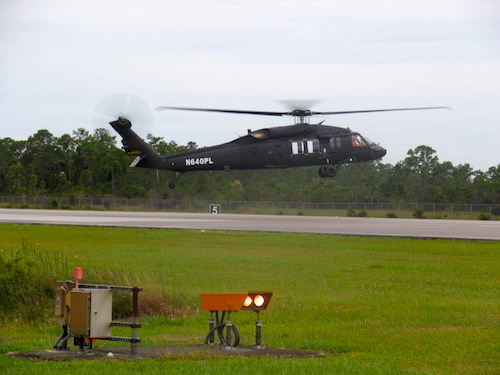
Meanwhile, Bell Helicopter’s new 505 light helicopter has been designed to put multi-mission flexibility front and center. The 505 achieves this by moving the transmission out of the cabin centerline, leaving lots of space for equipment and cargo. This helicopter also has large clamshell rear doors and removable rear seats, allowing easy access and the ability to change quickly from one mission profile to another.
“We view the 505 as being the Swiss Army Knife of the Sky, because it can do so many missions so well,” said Matt Jayne, Bell’s 505 marketing manager. “During a recent video shot in Montana, we did everything. We slung-load fertilizer and salt up into the mountains at 7,500 feet. We deployed search and rescue dog teams into the mountains. We simulated firefighting with a Bambi bucket. We did some real estate flights, a training flight, and mustered horses from the air.”
The moral of this multi-mission tale is provided by Kurt Robinson. “If you're not using your helicopter to perform various types of missions,” he says, “then you're not using your helicopter enough.”